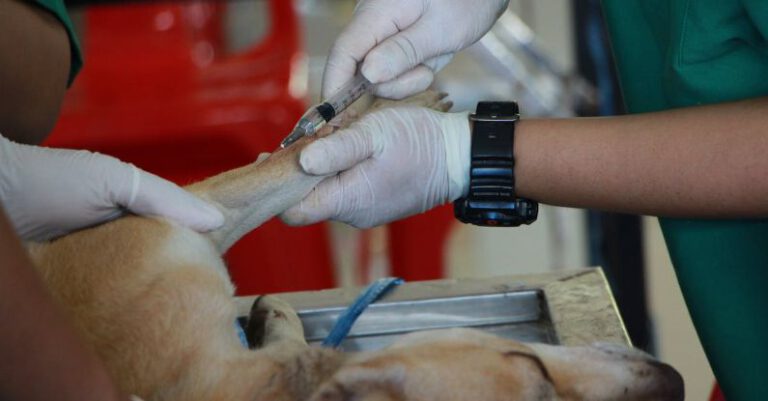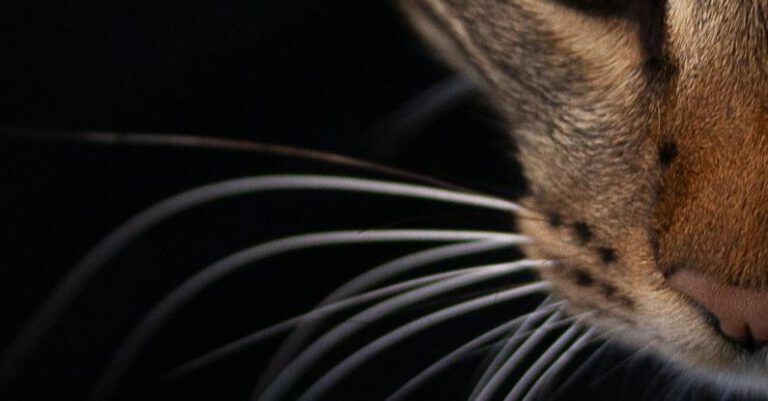How to Choose Pet-friendly Houseplants?
Pets are an integral part of our lives, providing companionship and bringing joy to our homes. However, as pet owners, it is crucial to create a safe environment for our furry friends. One aspect that often goes overlooked is the selection of houseplants. Many popular plants can be toxic to pets if ingested. Therefore, it is essential to choose pet-friendly houseplants that will keep both your home and your pets safe.
Consider the Toxicity Levels
When choosing houseplants, it is important to be aware of the toxicity levels of certain plants. Some plants can cause mild gastrointestinal discomfort, while others can be life-threatening to pets. Before bringing a new plant into your home, research its toxicity levels and how it may affect your specific pet. This information will help you make an informed decision and ensure the safety of your furry friend.
Common Pet-friendly Houseplants
There are several houseplants that are known to be pet-friendly and non-toxic. Here are a few popular options to consider:
1. Spider Plant (Chlorophytum comosum): Spider plants are easy to care for and are safe for both cats and dogs. They are also known for their air-purifying qualities, making them an excellent choice for improving indoor air quality.
2. Boston Fern (Nephrolepis exaltata): Boston ferns are not only beautiful but also safe for pets. They thrive in humid environments, making them perfect for bathrooms or kitchens.
3. Areca Palm (Dypsis lutescens): Areca palms are safe for pets and add a touch of tropical elegance to any room. They require bright, indirect sunlight and regular watering.
4. Money Plant (Epipremnum aureum): Money plants, also known as Devil’s Ivy, are considered non-toxic to pets. They are easy to care for and can tolerate a variety of light conditions.
5. Calathea (Calathea spp.): Calatheas are pet-friendly and come in various leaf patterns, adding a pop of color to your indoor space. They prefer bright, indirect light and regular watering.
Creating a Pet-friendly Environment
Apart from choosing pet-friendly houseplants, there are other steps you can take to create a safe environment for your pets:
1. Elevate your plants: Consider placing your houseplants in hanging baskets or on tall stands to keep them out of your pet’s reach. This will prevent them from accidentally ingesting any leaves or soil.
2. Train your pet: Teach your pets to stay away from your houseplants by using positive reinforcement techniques. This will help prevent any unwanted chewing or digging.
3. Use deterrents: If your pet is particularly curious or prone to chewing, you can use pet-safe deterrents to keep them away from your plants. Bitter sprays or noise devices can be effective in discouraging unwanted behavior.
4. Monitor your pet’s behavior: Keep an eye on your pet’s behavior around houseplants. If you notice any signs of illness or unusual behavior, consult your veterinarian immediately.
Conclusion: A Safe Haven for Both You and Your Pet
Choosing pet-friendly houseplants is an important step in creating a safe and harmonious environment for both you and your pet. By considering the toxicity levels of plants and selecting non-toxic options, you can ensure the well-being of your furry friend. Additionally, taking measures such as elevating plants, training your pet, and using deterrents will further prevent any accidents or mishaps. Remember, a pet-friendly home is a happy home for both you and your beloved companion.






